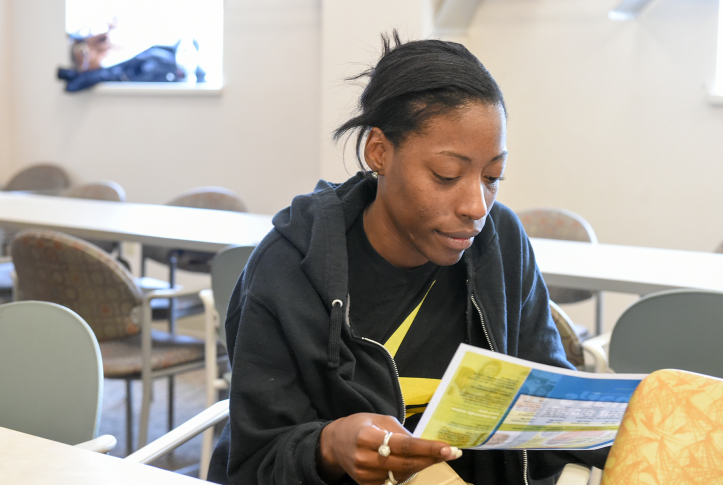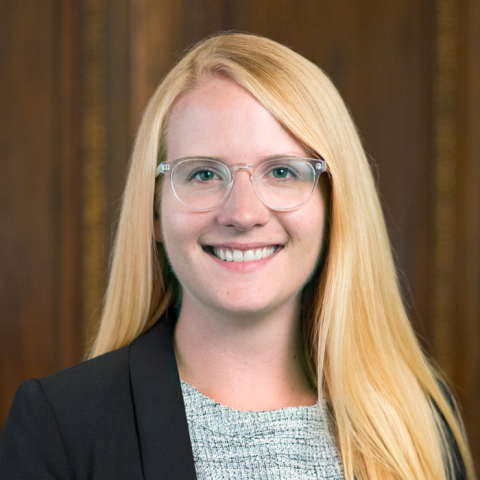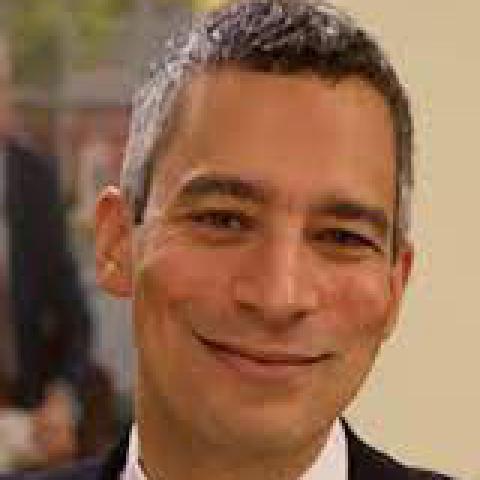Community health centers are deeply embedded in their communities, providing medical, dental, and behavioral health care to more than 30 million patients, regardless of their ability to pay. They employ thousands of community members and work closely with other organizations. Throughout the COVID-19 pandemic, health centers were also responsible for equitably distributing vaccines.
I mean honestly, I think the people who work in health centers really, really are engaged in the community and in community empowerment. Not just in health, but also in other ways. . . . I don’t believe other health systems do that, and I don’t believe other health systems are aligned in that way.
Providing high-quality, comprehensive care to underserved and uninsured patients requires sustainable funding and centers are continuously expected to do more with less. Inflation-adjusted federal funding for centers has decreased over time, while the number of clinics, total patients served, and operating costs have all increased, stretching limited funds even further.
To better understand the financial challenges facing health centers today, the African American Research Collaborative, with Commonwealth Fund support, interviewed federally qualified health center (FQHC) leaders and experts in the spring of 2023. (To learn more, see “How We Conducted This Study.”)
Disparate and Changing Funding Streams Create Uncertainty for Health Centers
Community health centers rely on billions of dollars in annual funding from Medicaid reimbursements, the congressionally authorized Community Health Center Fund, and the 340B prescription drug program. But the exact levels can change from year to year, and interviews indicated that the inconsistency of annual funding makes it difficult for centers to retain their workforce and expand the services they provide.
Medicaid reimbursements are the largest single source of revenue for centers (roughly 44%), but FQHC leaders described stagnant and low reimbursement rates, which has made it difficult for them to improve their care delivery and hire new staff. One chief medical officer said that reimbursement rates “have been flat for about 10 years.” Another said, “it’s challenging [to recruit new staff] if salaries are going up and reimbursements aren’t.” Further, Medicaid revenue increased for many centers during the COVID-19 pandemic because beneficiaries were able to remain continuously enrolled, leading to higher revenue despite flat reimbursement rates. As this policy ends and beneficiaries are disenrolled, Medicaid-related revenue is expected to drop by up to 17 percent across all health centers, according to one estimate, and won’t necessarily be replaced by commercial insurance revenue.
The Community Health Center Fund provides billions in grant funding annually. Centers rely on the Fund to cover the cost of uncompensated care and to increase the services they provide. The Fund is authorized by Congress every few years, but the past three authorizations have not significantly increased the level of funding. With inflation, this has amounted to a nearly 10 percent decrease in funding. The Fund is set to expire at the end of September. While it is expected to be reauthorized, the level of funding and length of authorization is uncertain. One expert said, “In terms of funding, health centers will continue to struggle with uncertainty of their grant funding and how much is authorized and appropriated through the Health Center Fund.”
Finally, the 340B prescription drug program helps stretch health center funding by allowing centers to purchase prescription drugs at heavily reduced prices and use the savings to provide more services to their patients. Interviews revealed how challenges to the program, including pharmaceutical manufacturers limiting their participation, have resulted in lost savings. An FQHC chief executive officer said “The changes with the 340B program have really impacted our health centers pretty significantly. We were taking in about $2 million just through contract pharmacies alone, and that was wiped clear within a six-month time frame, which is huge. . . . It was a significant piece of our budget that we counted on.”
Policy Options to Improve the Financial Outlook of Health Centers
Our interviews revealed that health centers need greater financial stability to continue to provide high-quality, community-centered care. The following policy options could bolster health centers’ funding streams.
Increase Medicaid Reimbursement Rates and Continue to Expand Medicaid
Centers have increasingly relied on Medicaid reimbursements, but this revenue stream is expected to decline this year as patients are automatically disenrolled. Medicaid expansion can ensure more patients have access to health care, while generating revenue for health centers and bolstering their workforce. Increasing reimbursement would offer centers greater opportunities to invest in their workforce and care delivery, which our interviewees described as difficult to do under current levels.
Reauthorize and Increase the Community Health Center Fund
Without reauthorization by the end of September, centers will lose $4 billion in annual funding. But given that the Fund has not kept up with inflation or the increasing number of centers, reauthorization alone will likely not be enough to overcome the financial challenges our interviewees described. By one estimate, the Fund would need to increase by $2 billion to account for inflation.
Revise the 340B Prescription Drug Program
Inconsistent oversight, disparate court rulings, reduced participation from pharmaceutical companies, and decreased revenues mean centers are uncertain about their future revenue. Experts have called for greater data collection and transparency regarding how savings translate into improved patient care. Policymakers have called for stronger oversight and accountability for pharmaceutical companies that restrict their supplies through legislation. Ultimately, revision of the program should ensure that centers continue to maintain revenue streams and can facilitate cost savings for patients.







